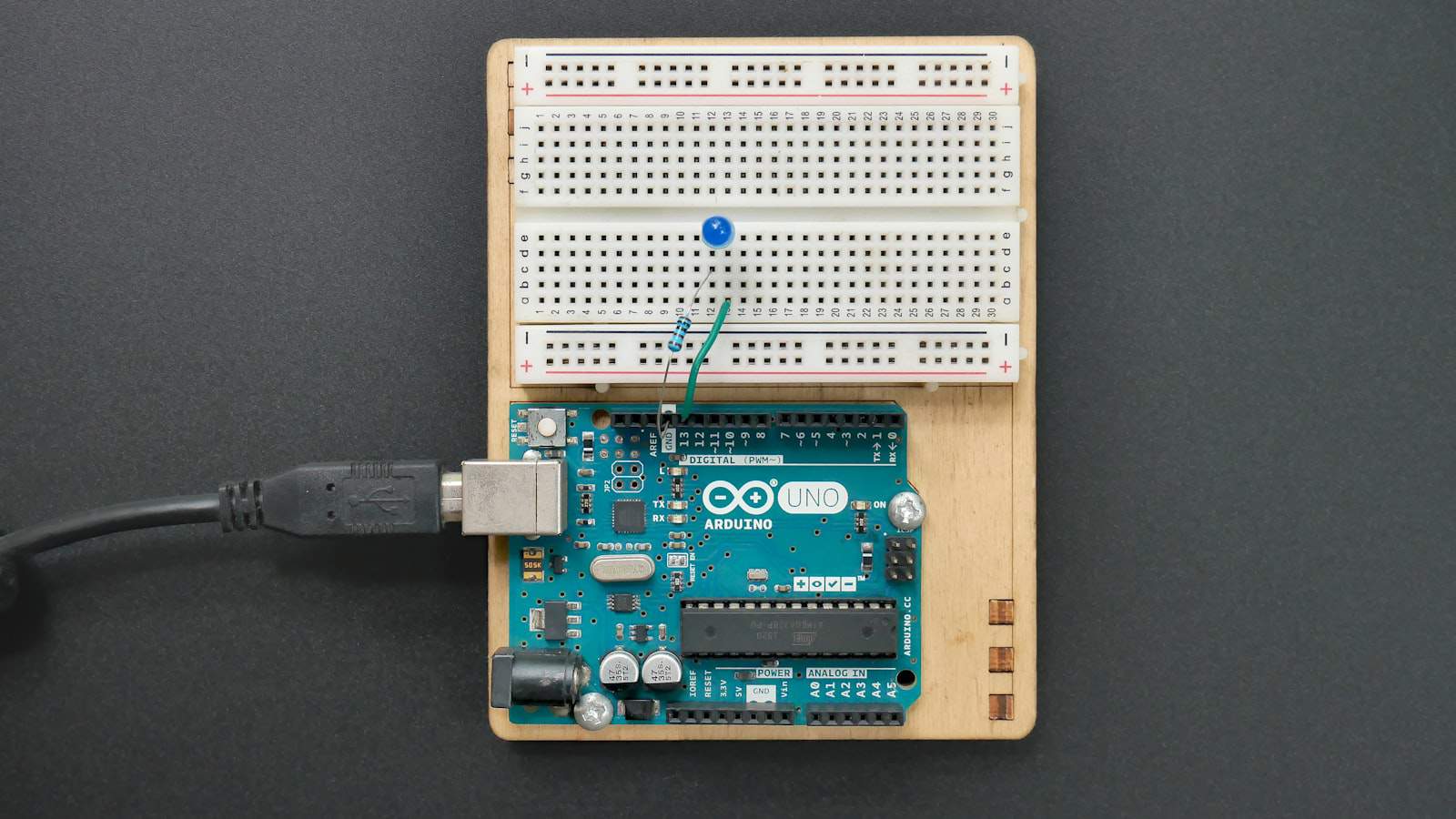
PCB Assembly Blog
-
What is flux PCB?
Posted by
–
 Read more: What is flux PCB?
Read more: What is flux PCB?Table of Contents What is Flux? The Role of Flux in PCB Assembly Types of Flux Used in PCBs Rosin Flux Water-Soluble Flux No-Clean Flux Advantages of Using Flux in PCBs Disadvantages of Using Flux in PCBs Flux Application Methods Foam Fluxing Spray Fluxing Wave Fluxing Cleaning Flux Residue Environmental […]
-
What are gold fingers in PCB?
Posted by
–
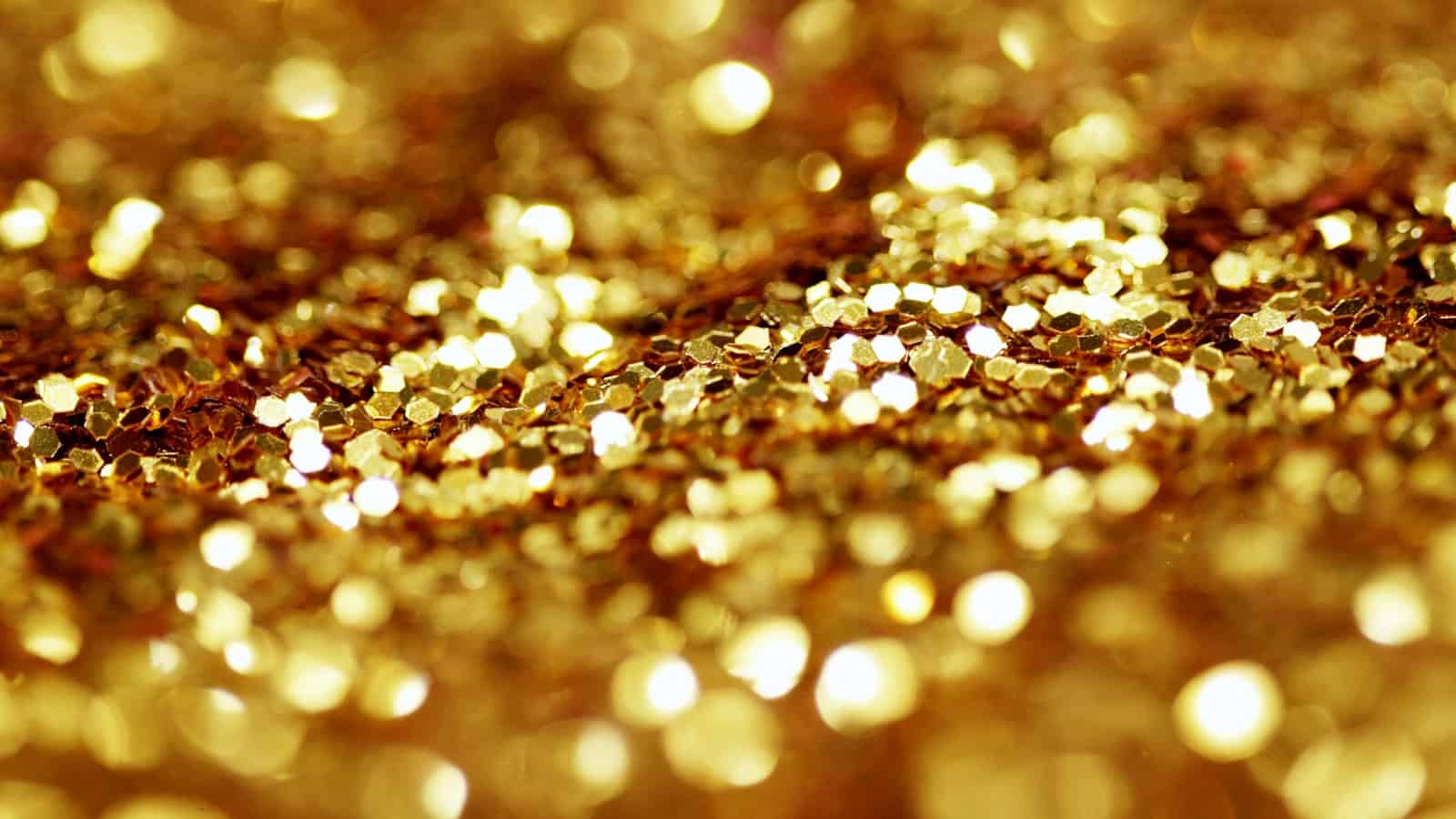 Read more: What are gold fingers in PCB?
Read more: What are gold fingers in PCB?What is a Gold Finger PCB? A gold finger PCB is a printed circuit board that features gold-plated contact fingers along one or more edges of the board. These gold fingers are essentially exposed copper traces that have been plated with a thin layer of gold. The gold plating on […]
-
What is the process of immersion tin on PCB?
Posted by
–
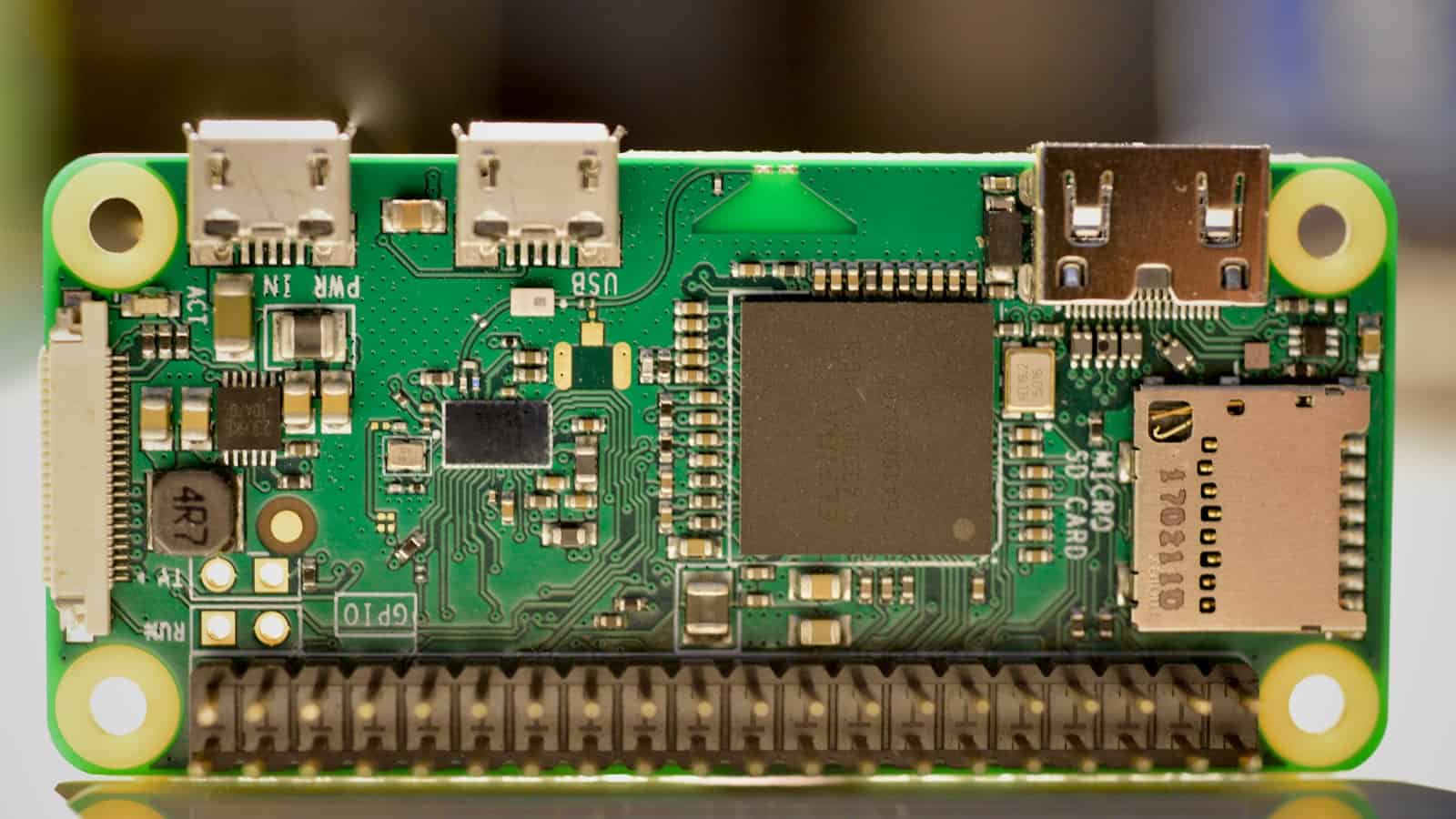 Read more: What is the process of immersion tin on PCB?
Read more: What is the process of immersion tin on PCB?Introduction to Immersion Tin PCB Immersion tin (IT) is a surface finish technique widely used in the printed circuit board (PCB) industry. It involves the deposition of a thin layer of tin onto the exposed copper surfaces of a PCB through an electroless plating process. Immersion tin PCB offers several […]
-
how to clean flux off pcb
Posted by
–
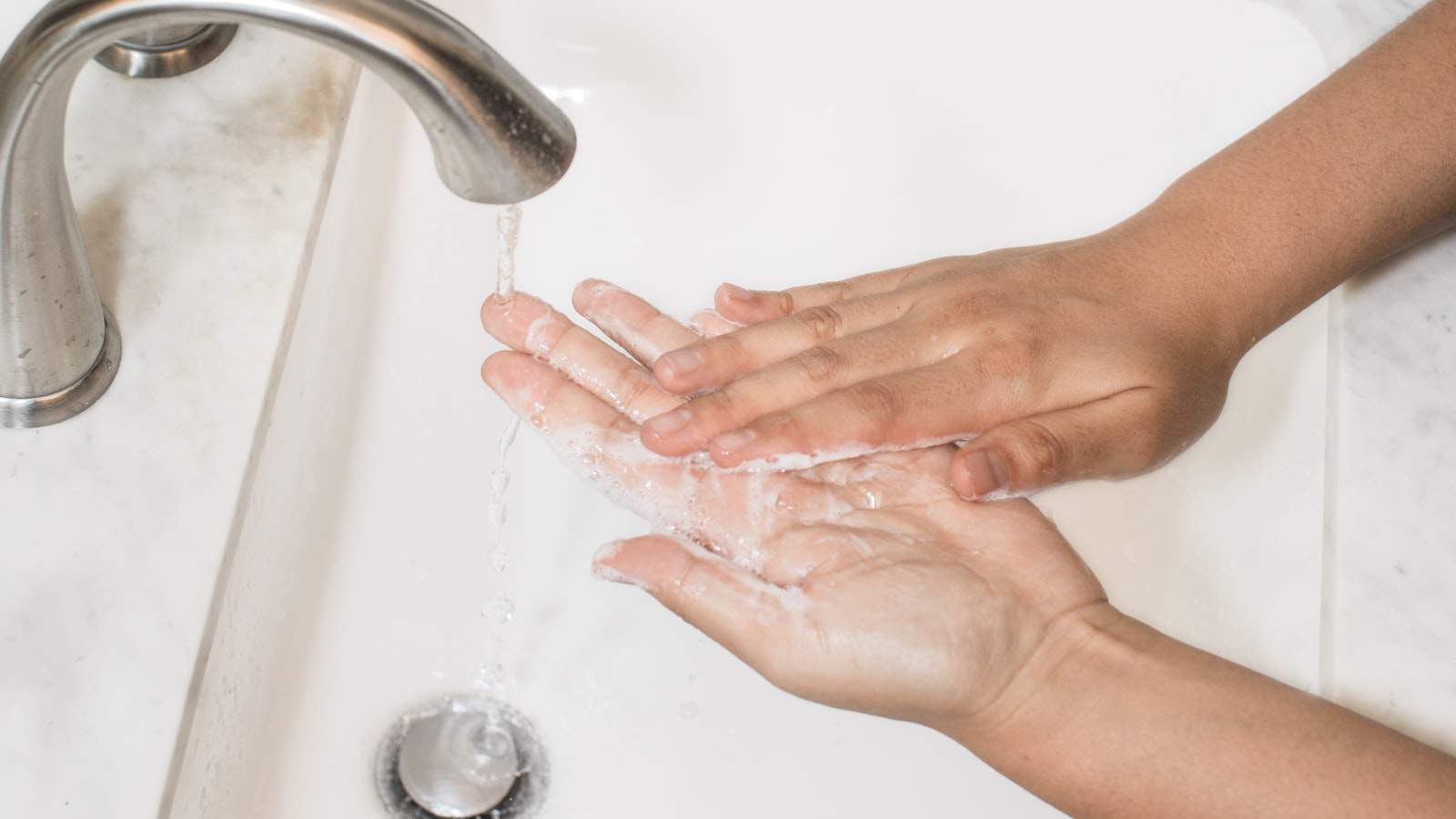 Read more: how to clean flux off pcb
Read more: how to clean flux off pcbIntroduction Flux is an essential component in the soldering process, as it helps to remove oxidation from the surfaces to be soldered and promotes the flow of solder. However, after soldering, the flux residue left on the printed circuit board (PCB) can cause various issues, such as corrosion, poor electrical […]
-
6 Layer PCB Stackup Design Guidelines
Posted by
–
 Read more: 6 Layer PCB Stackup Design Guidelines
Read more: 6 Layer PCB Stackup Design GuidelinesUnderstanding the Basics of a 6 layer pcb Stackup A typical 6 layer PCB stackup consists of the following arrangement of copper layers and insulating dielectric material: Layer Type Function 1 Signal Top layer for component placement and signal routing 2 Ground Ground plane for controlled impedance and shielding 3 […]
-
What is electronic pcb assembly
Posted by
–
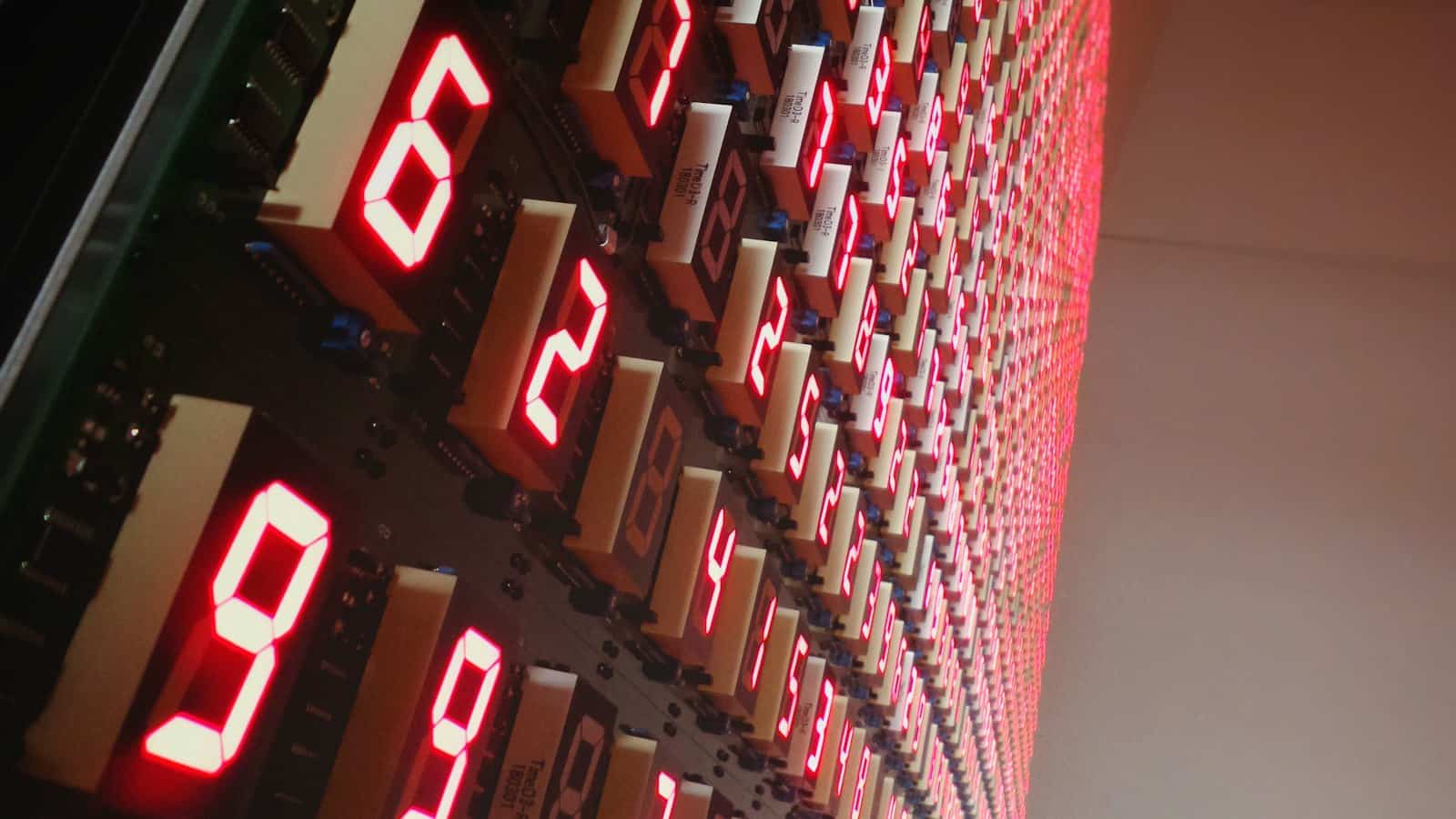 Read more: What is electronic pcb assembly
Read more: What is electronic pcb assemblyIntroduction to Electronic PCB Assembly Electronic PCB (Printed Circuit Board) assembly is the process of soldering or mounting electronic components onto a printed circuit board. This process is a crucial step in the manufacturing of electronic devices, as it involves the integration of various components such as resistors, capacitors, transistors, […]
-
What is a ground plane in a PCB?
Posted by
–
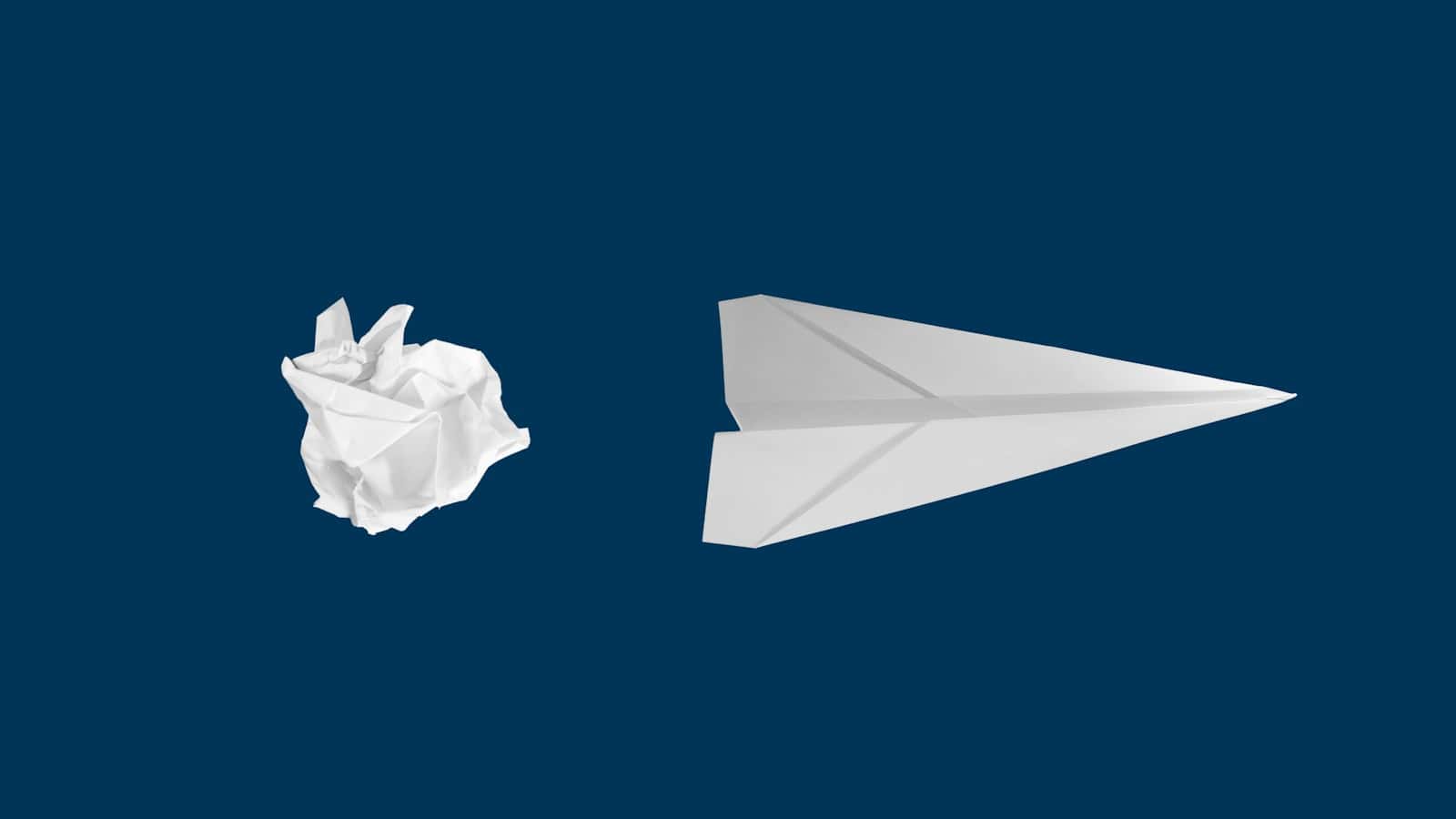 Read more: What is a ground plane in a PCB?
Read more: What is a ground plane in a PCB?What is a Ground Plane? A ground plane is a layer of copper that covers most of the surface of a PCB, usually on the bottom layer or an inner layer. It is connected to the circuit’s ground (0V reference) through vias and acts as a return path for currents […]
-
Who is the largest manufacturer of PCB in China?
Posted by
–
 Read more: Who is the largest manufacturer of PCB in China?
Read more: Who is the largest manufacturer of PCB in China?Overview of the PCB Industry in China The PCB industry in China has experienced tremendous growth over the past few decades, driven by the increasing demand for electronic devices and the country’s advantageous manufacturing capabilities. China’s PCB industry has benefited from several factors, including: Low labor costs Government support and […]
-
What is PCB panel?
Posted by
–
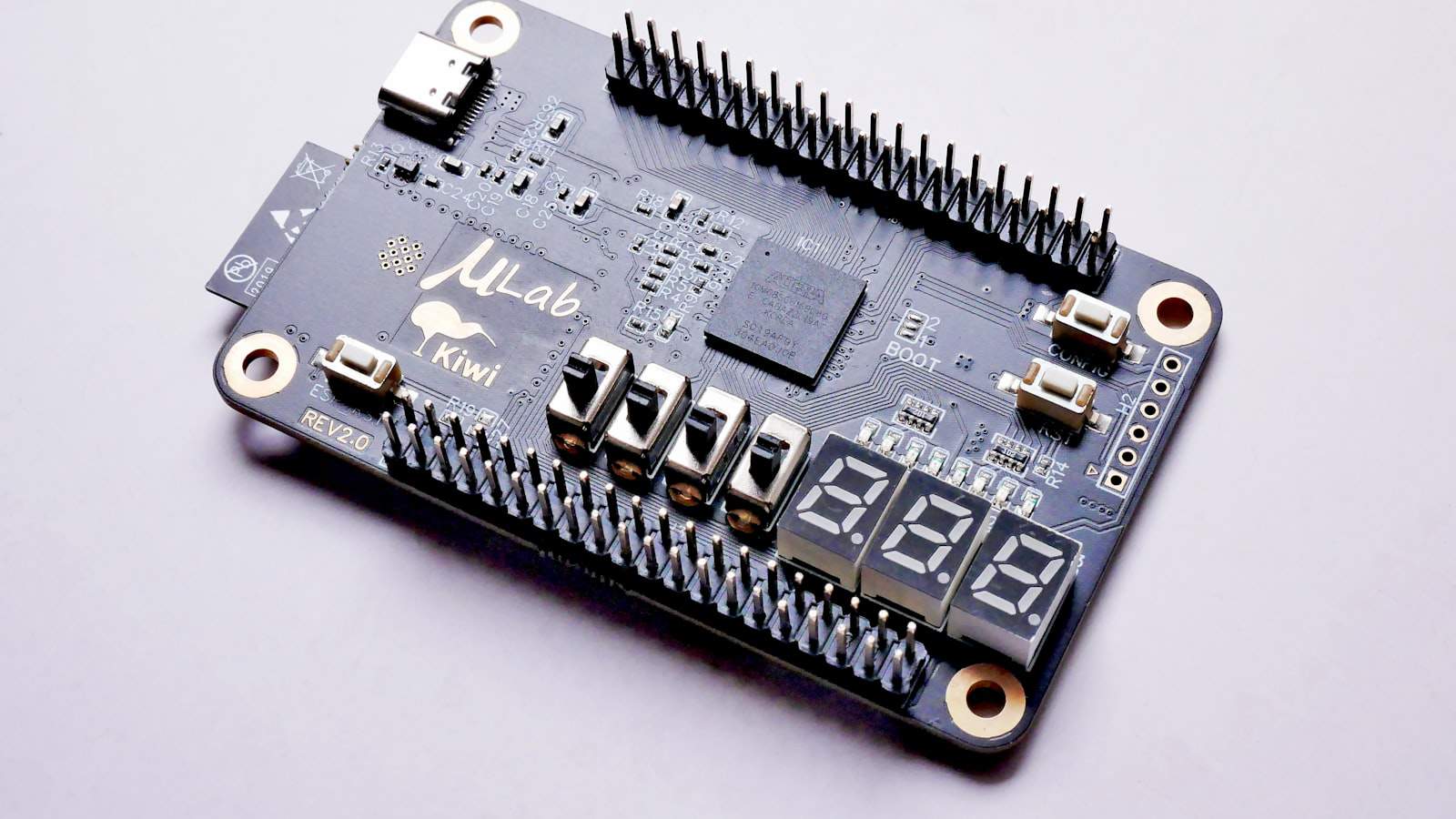 Read more: What is PCB panel?
Read more: What is PCB panel?Introduction to PCB Panels A printed circuit board (PCB) panel, also known as a PCB array, is a large board that contains multiple identical PCB designs arranged in a matrix. The purpose of using PCB panels is to maximize the efficiency and cost-effectiveness of the PCB manufacturing process by producing […]
-
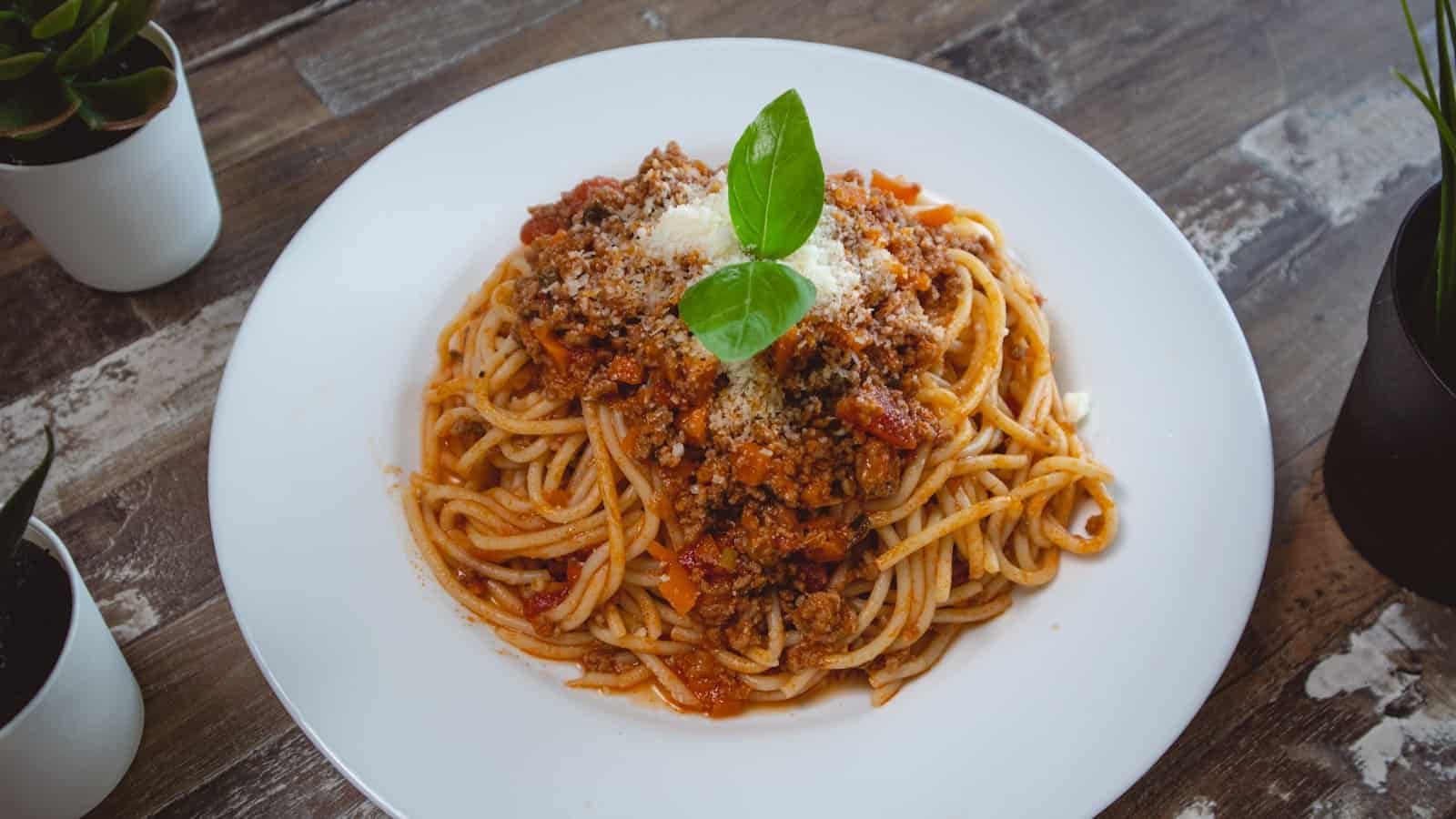 Read more: What is the difference between prepreg and core in PCB?
Read more: What is the difference between prepreg and core in PCB?Introduction to PCB Plating Printed Circuit Boards (PCBs) are essential components in modern electronic devices. They provide a platform for mounting and interconnecting electronic components, allowing for the creation of complex circuits. PCB plating is a crucial process in the manufacturing of PCBs, as it ensures proper conductivity, durability, and […]




